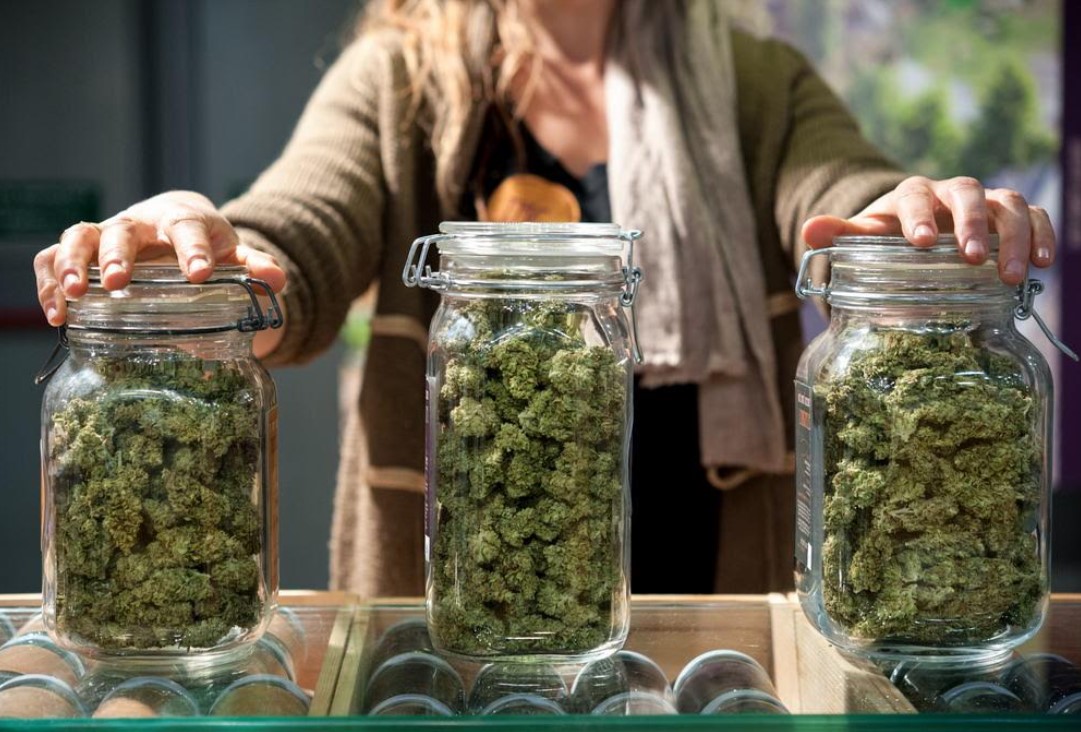Top 5 Access Barriers Medical Cannabis Patients Face

Medical cannabis now enjoys state-legal status in 37 states, the District of Columbia, and several U.S. territories. From the most liberal states to their equally conservative counterparts, medical cannabis has been approved by one voter proposition after another. Nonetheless, access barriers remain.
An access barrier is something that prevents medical cannabis patients from obtaining and using their medications as easily as they would more traditional prescriptions. States are working to eliminate as many barriers as possible, but even they are limited due to marijuana’s status as a Schedule I controlled substance under federal law.
Here are the top five access barriers, according to the owners of Utah marijuana dispensary Beehive Farmacy:
1. High Retail Prices
Medical cannabis patients routinely face high retail prices. It’s not unusual for a patient to spend several hundred dollars on a one-month supply of medical cannabis. That’s a lot of money when you consider that OTC pain relievers (the majority of medical cannabis patients use the drug to manage pain) can be had at a fraction of the cost.
High retail prices are the direct result of government regulation, taxation, and the laws of supply and demand. Until prices either stabilize or come down significantly, there will continue to be patients who struggle to pay for medical cannabis.
2. Lack of Insurance Coverage
Under normal circumstances, patients with prescription plans get some measure of price relief on most of their prescriptions. Even if retail prices are high, only having to cover scheduled co-pays makes medications more affordable. But unfortunately, most prescription plans don’t cover medical cannabis. Patients are forced to bear the entire cost out-of-pocket.
3. Limited Pharmacy Access
In some states, Utah being one of them, physical access to local pharmacies is limited. Utah has only licensed 15 pharmacies to date. That’s 15 to cover the entire state. All but one is located in urban areas, leaving the state’s rural patients pretty much out of luck. Some patients need to drive an hour or more to obtain their medications.
Fortunately, Utah legalized medical cannabis home delivery in 2021. In the months since, delivery providers have slowly been ramping up operations. It is now theoretically possible to get medical cannabis delivered directly to your home anywhere in Utah. As for whether it’s practical, that is another matter.
4. Limited Medical Provider Access
Limited access to medical providers is yet another access barrier in some states. Why? Because states with medical cannabis programs usually require that patients get a recommendation from a state licensed and certified doctor, physician assistant, or nurse practitioner. The medical provider in question needs to be willing to recommend medical cannabis.
The big problem here is that medical providers often don’t want to take any chances while marijuana remains illegal under federal law. The reality is that your average family doctor or GP isn’t going to go anywhere near medical cannabis recommendations. Thus, patients need to seek out medical providers willing to specialize in this sort of thing. They aren’t always easy to come by.
5. Delivery Method Limits
Finally, some states have limits on how medical cannabis can be consumed. For example, Utah doesn’t allow smoking. Even if that particular delivery method happens to be the most appropriate for a given patient, the patient will have to choose a less effective delivery method.
Medical cannabis has come a long way over the last decade. It probably won’t be long before all 50 states allow it. Still, there are access barriers that can make obtaining and using medical cannabis difficult. Hopefully, those barriers will gradually be done away with.
